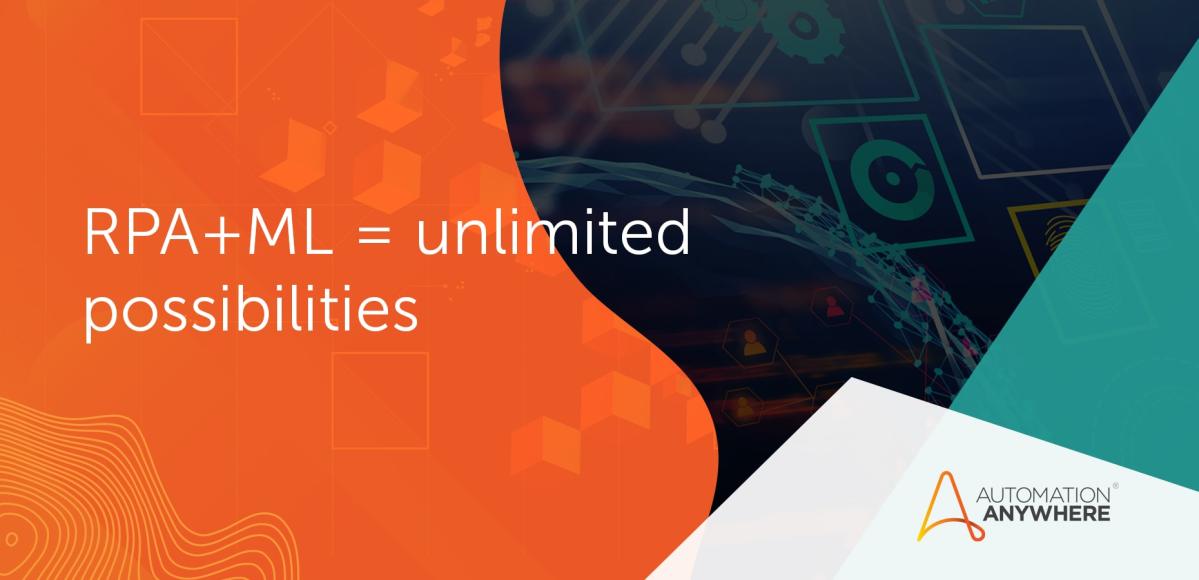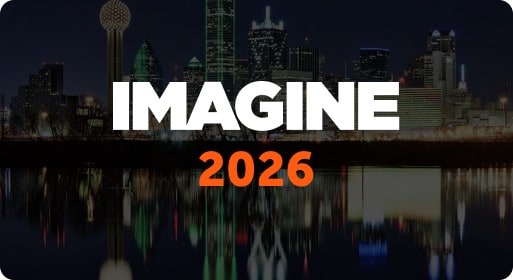- Login
- Search
- Contact Us
-
Have a question? Our team is here to help guide you on your automation journey.
-
Explore support plans designed to match your business requirements.
-
How can we help you?
-
- AI
AI Without the Hype From pilot to full deployment, our experts partner with you to ensure real, repeatable results. Get Started
- Automation Anywhere AI
-
- Solutions
Featured Agentic Solutions
Accounts Payable Invoice automation—No setup. No code. Just results. Accounts Payable
Customer Onboarding Scale KYC/AML workflows. Customer Onboarding
Customer Support Keep queues moving, even at peak load. Customer Support
Healthcare RCM Revenue cycle management that runs itself. Healthcare RCM
- Products
Platform Features
- Agentic process automation (APA)
- Robotic Process Automation (RPA)
- View all Products
-
- Resources
Get Community Edition: Start automating instantly with FREE access to full-featured automation with Cloud Community Edition.
Featured
 Named a 2025 Gartner® Magic Quadrant™ Leader for RPA.Recognized as a Leader for the Seventh Year in a Row Download report Download report
Named a 2025 Gartner® Magic Quadrant™ Leader for RPA.Recognized as a Leader for the Seventh Year in a Row Download report Download report- Become an Expert
- Developer Tools
- Get Support
- View all resources
-
- Partners
Find an Automation Anywhere Partner Explore our global network of trusted partners to support your Automation journey Find a Partner Find a Partner
- Find a Partner
- For Partners
-
Blog
RPA and Machine Learning: Better Together
Navigate to content
Business process automation has gone through an evolution in providing solutions to help streamline and accelerate operations. It started with process-based Robotic Process Automation (RPA). With millions of bots working side by side with humans, RPA has revolutionized the way people work today.
Most RPA deployments utilize software bots that automate tasks based on pre-defined, or fixed, rules. As business processes matured, artificial intelligence (AI) technologies such as machine learning (ML) started to influence how bots can do more. With the addition of ML, bots continuously learn from human actions, replicating to some extent human cognition. The more training and learning that is provided, the closer bots can get to read, visualize, learn, and think like humans.
Looking at RPA
RPA in its purest form is about mimicking human actions. RPA bots execute actions based on, as mentioned earlier, human-defined instructions or rules. And they can do that flawlessly, operating around the clock nonstop and working faster than humans, with 100% reliability and accuracy. Depending on your RPA vendor and platform, the bots can be easy to create, use, and share.
But basic RPA bots do have limits. They perform best when they are acting on the rules and actions. They don’t learn from their actions and can’t adjust to changing conditions. What’s more, they are not able to provide insight into what tasks are being performed. Even so, basic RPA has proven to be a valuable tool for handling a variety of routine and time-consuming front-office and back-office processes across industries.
Where RPA is used
Robotic Process Automation is a good fit for processing structured data found in spreadsheets, tables, forms, and other materials. Employee onboarding is one example. The process usually requires filling out lots of paperwork, scanning documents, and entering the same type of employee information into a variety of systems. RPA bots can be created to handle those tasks.
RPA can be used in other areas of a business as well, for example, to streamline IT ticketing, employee reimbursement claims, data entry and calculations for accounting, purchase order fulfillment, and customer relationship management where a bot can automate tasks such as updates in the customer name, mailing address, and email address—without involving the customer service agent.
Again, the key with RPA bots is that they can only follow pre-defined rules.
What machine learning is all about
If RPA is about actions, machine learning (ML) is about thinking, mimicking human behavior that involves learning and considering choices. Labeled a subset or stepping-stone of artificial intelligence, ML can make RPA bots smarter.
An RPA bot infused with ML can learn from human behavior and get better over time. It can adapt to changing conditions. It can learn what’s correct and what isn’t regarding its processing and provide insights—unlike a basic RPA bot.
A game of computer chess is often used as an example of the concept. Every time the computer loses a piece or game, it learns more about the process and what not to do the next time so that it will eventually win the game. ML is the same.
Say you want an RPA bot with ML to process a batch of invoices. At first, it doesn’t identify addresses in the invoices and provides the wrong information for those addresses. You can teach the bot to recognize the addresses so that it won’t make that error again and will correctly process the invoices going forward. Another example: An RPA bot with ML creates an incorrect part in manufacturing. Show the bot the correct process and it will learn from its mistakes, for quality, predictable results.
An RPA bot with ML can be used to process structured as well as unstructured data such as images and sentiment, and it can be taught to identify them.
Where to find RPA with ML
Consider the banking industry. New customers go through validation processes before they can open a bank account. This is often a time-consuming process and if delayed can create a poor first experience for a customer. RPA bots can automate the origination of the account verification process and can also input and validate data between complex systems.
By adding ML algorithms, bots can now read documents such as an ID card or a bank statement, extract the correct data, and validate it against a system of record. When the extracted data is corrected by a human, bots will learn from that correction and extract the right piece of data for the next customer, thereby streamlining and accelerating the entire process, for a better customer experience.
For customer service, a basic RPA bot can process customer chats, but it takes the addition of ML with the capability of sentiment analysis to determine if the chats indicate the state of the customers—happy or not—to help agents deliver support that meets customers’ approval.
Airlines are using chatbots with ML to handle situations such as customers wanting to change travel dates and cancel tickets. Insurance companies have enhanced their claims processing with RPA+ML bots that are trained to detect fraud. RPA bots with ML are also being used for facial recognition when it comes to immigration processing. The list goes on.
Adding ML to RPA can accelerate automation, enhance its efficiency, and expand its possibilities.
See What RPA+ML Can Mean to Your Business.
About Avi Bhagtani
Avi Bhagtani is senior director of product marketing, focused on artificial intelligence and cognitive automation. He has multiple years of industry experience managing global software product portfolios in software, the Internet of Things, AI, and cloud organizations.
Subscribe via Email View All Posts LinkedInGet to know the Agentic Process Automation System.

For Students & Developers
Start automating instantly with FREE access to full-featured automation with Cloud Community Edition.



